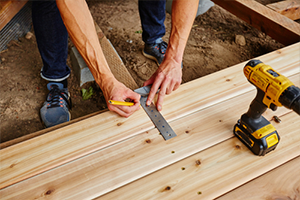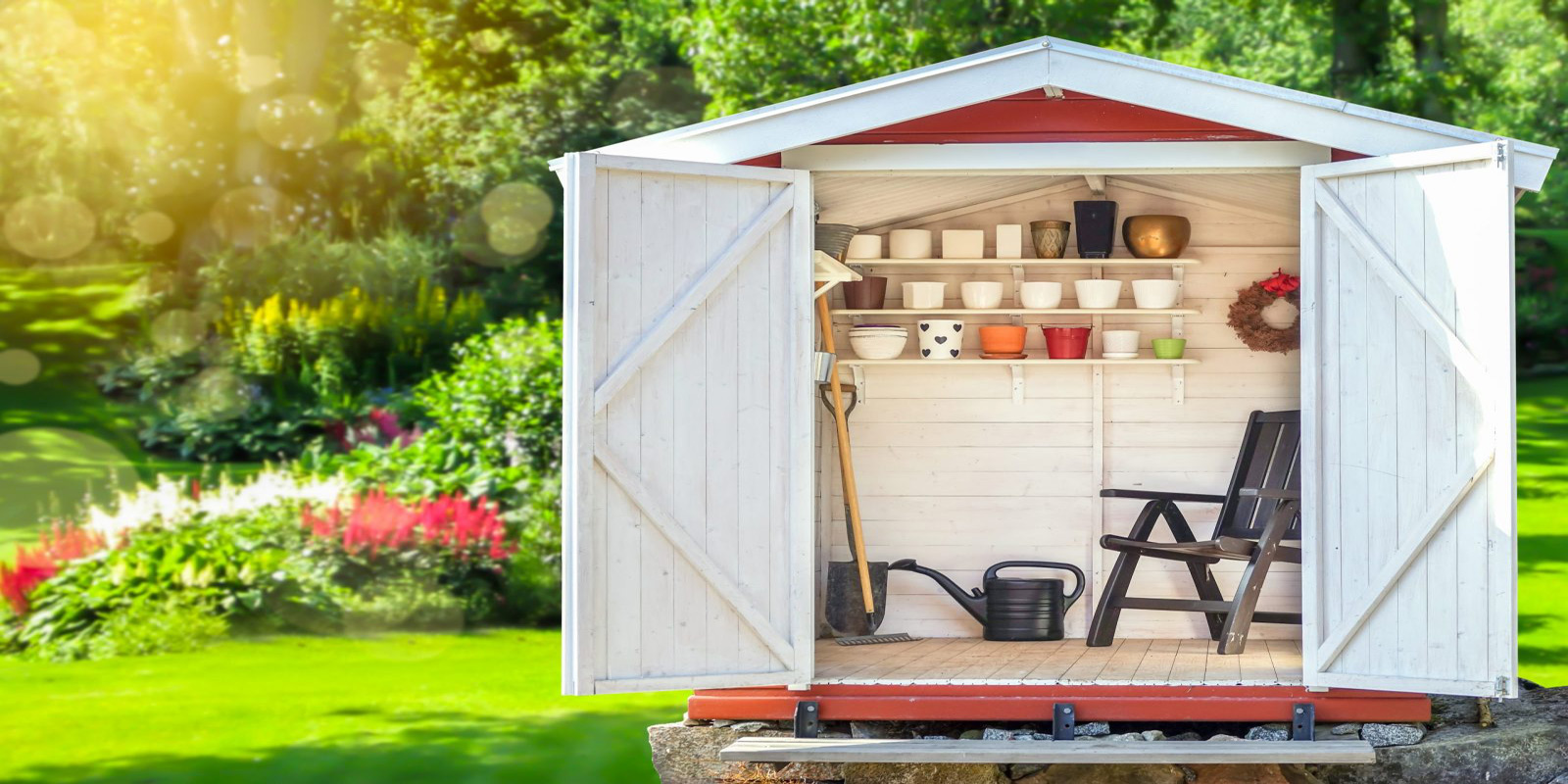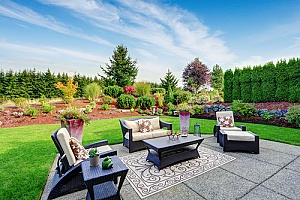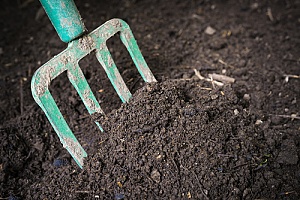 Topsoil is the most important tool at your disposal when it comes to lawn and garden health. Topsoil is the top five to six inches of soil, and it should be rich in nutrients, minerals, and organic matter. Quality topsoil is essential to a healthy lawn or garden. Plants get much of their nutrition from the topsoil, so the quality of the topsoil will determine the health of your plants. In fact, it can be a bigger factor of your lawn and garden’s health than almost anything else. Screened topsoil can help increase the quality of topsoil.
Topsoil is the most important tool at your disposal when it comes to lawn and garden health. Topsoil is the top five to six inches of soil, and it should be rich in nutrients, minerals, and organic matter. Quality topsoil is essential to a healthy lawn or garden. Plants get much of their nutrition from the topsoil, so the quality of the topsoil will determine the health of your plants. In fact, it can be a bigger factor of your lawn and garden’s health than almost anything else. Screened topsoil can help increase the quality of topsoil.
Objects in the topsoil that get in the way of the plant roots can be a problem. They can even prevent new seeds from germinating. That is why screened topsoil can be a good choice for gardeners and landscapers. Screened topsoil is soil that has had debris and objects like rocks removed from it, so that it provides a loose, comfortable environment in which plants can thrive.
Screened topsoil has many uses, and we will cover the most common ones here so that you will know if screened topsoil is right for you. New topsoil can often be the most effective way to improve the health of your lawn, but only if you apply it correctly. If you are looking for solutions to any of the problems listed below, screened topsoil could be the best solution for you.
Fix Uneven or Patchy Lawns
Screened topsoil can be a great solution to lawns with patches where grass will not grow. Spread the soil over those patches in a layer about one inch thick, scatter grass seeds over it, till it combines the seeds and soil, and water it regularly. The added nutrients in the fresh topsoil will support a thick patch of new grass so that your lawn will be seamlessly green from end to end. Screened topsoil is important for this, since it can be difficult for seeds to germinate and grow in unscreened soil.
Screened topsoil can also be used to fix uneven spots in your lawn. Spread the soil in a thick layer, about two inches deep, and then level it. You do not need to worry about planting more grass seeds here unless the uneven area was already a spot where grass had difficulty growing. The grass underneath will eventually grow through the new layer of soil, and your lawn will look even and green again.
Care for Flower and Garden Beds
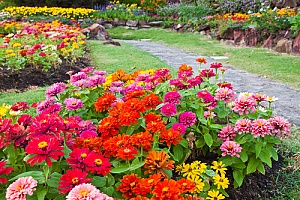 Plants draw nutrients from the soil, and over time they can easily use up all the nutrients available to them. Fertilizer can only do so much, and sometimes a fresh layer of topsoil is what you really need. Topsoil contains organic matter, usually from decomposing plants, that makes it very rich in the nutrients your garden needs. To improve the quality even further, you can mix it with compost to create a plant superfood.
Plants draw nutrients from the soil, and over time they can easily use up all the nutrients available to them. Fertilizer can only do so much, and sometimes a fresh layer of topsoil is what you really need. Topsoil contains organic matter, usually from decomposing plants, that makes it very rich in the nutrients your garden needs. To improve the quality even further, you can mix it with compost to create a plant superfood.
Spread the soil evenly over the top of your garden beds before planting anything, and then till it to mix the new soil with old. Cover this with another layer of new topsoil, and then cover that with mulch to lock in the moisture and prevent weeds from growing.
Improve Drainage
If you see puddles forming in your lawn or garden after a rain or after heavy watering, that is a sign that you need new topsoil. Puddles form when the soil is so compact that the water cannot effectively drain through it. These puddles can be a problem. Depending on the depth and location of the puddle, they either drown your plants, encourage diseases and molds to grow on your plants, or prevent water from reaching the roots. The only real solution is to improve the drainage so that the water flows properly through the soil.
Add a sandy topsoil to the area and till the old and new soils together to a depth of about twelve inches, and you should notice no more puddles. A high sand content is important, because sand keeps the soil loose and does not compact easily, so it will keep the soil draining efficiently for a long time.
Install a Garden Where There Isn’t One
If you are planning to put in a new garden or flower bed in an area that is currently covered in grass, you will need topsoil. Begin by laying down old newspaper over the area where you want the new garden to be, and then cover the newspaper in a layer of topsoil and water it all down. Soon, the newspaper and the grass underneath it will begin to decompose.
Once this is down the area will be ready for new plants and the soil will be rich in nutrients from the decomposing grass. Be sure to use screened topsoil to make it easy for new seeds to germinate and grow. The topsoil is not there just to smother the pre-existing grass; your new garden will need quality topsoil if it is going to succeed, because the topsoil is where the plants get their nutrition from.
Refresh the Overall Appearance of Your Lawn
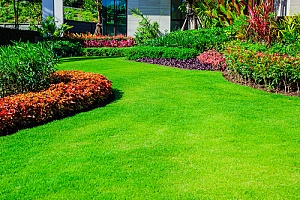 Bad weather and/or a long winter can drain your lawn of nutrients, leaving it look dull and unappealing. One of the best ways to refresh your lawn is to spread a new layer of topsoil over all of it. Topsoil is rich in the kind of organic matter that your grass and garden plants need to feed on in order to look vibrant and healthy. A new layer of topsoil should have your grass growing green and thick again in no time. New topsoil can have your lawn looking fresh and healthy very quickly. Screened topsoil is important to use here, because it’s free of any debris that might impede plant growth.
Bad weather and/or a long winter can drain your lawn of nutrients, leaving it look dull and unappealing. One of the best ways to refresh your lawn is to spread a new layer of topsoil over all of it. Topsoil is rich in the kind of organic matter that your grass and garden plants need to feed on in order to look vibrant and healthy. A new layer of topsoil should have your grass growing green and thick again in no time. New topsoil can have your lawn looking fresh and healthy very quickly. Screened topsoil is important to use here, because it’s free of any debris that might impede plant growth.
If you need a supply of high quality screened topsoil, contact the professionals at Dirt Connections. We do a lot of work with dirt, and our screened topsoil is top-quality. We only offer topsoil that is rich in organic matter and free of any debris that might impede plant growth. Our experts are also available to answer any questions you may have, so please contact us anytime.
My Premium Special Offers
For The New Standard of Excellence for DIY Chicken Coops!
You’re ready to reap the benefits of having chickens.
And you want to build your own coop.
But you know there are many different blueprints on the market.
So you need the right one.
And you’re eager to finally start living an eco-organic lifestyle.
Raise your own Cluck Norris and Yolko-Ono.
Have your own farm fresh eggs.
Every. Single. Morning.
But you need a simple place to start.
Announcing: The World’s Largest Collection Of 16,000 Wood Plans
Each of the 16,000 projects are detailed enough to leave nothing to guesswork, yet simple enough for beginners.
Now You Can Build ANY Shed In A Weekend Even If You’ve Zero Woodworking Experience!
” How to Liven Up Your Home With Over
7250 Breathtaking Landscaping Designs WITHOUT Hiring Costly Professional Landscape Designers…
Have you been in a car accident recently?
The Claim Buster eBook is written to help those who have been injured in a car accident, and those who weren’t injured but have a property damage claim with an insurance company.
Dirt Connections Receives Commissions For Successful Sales Transactions


